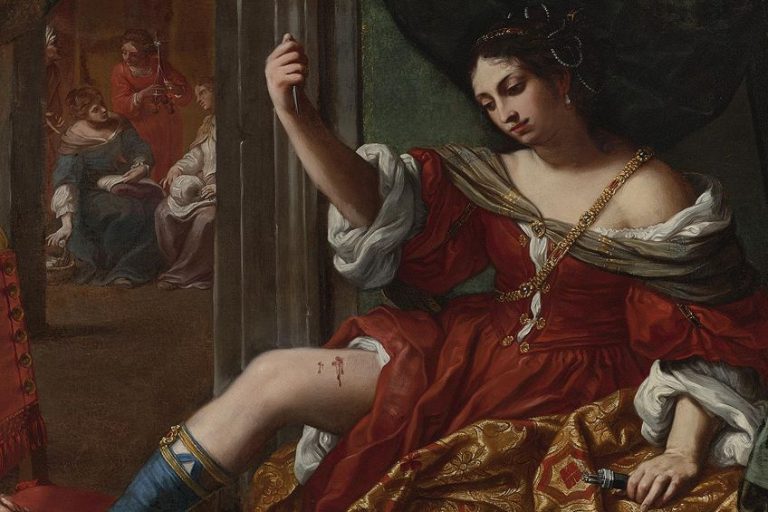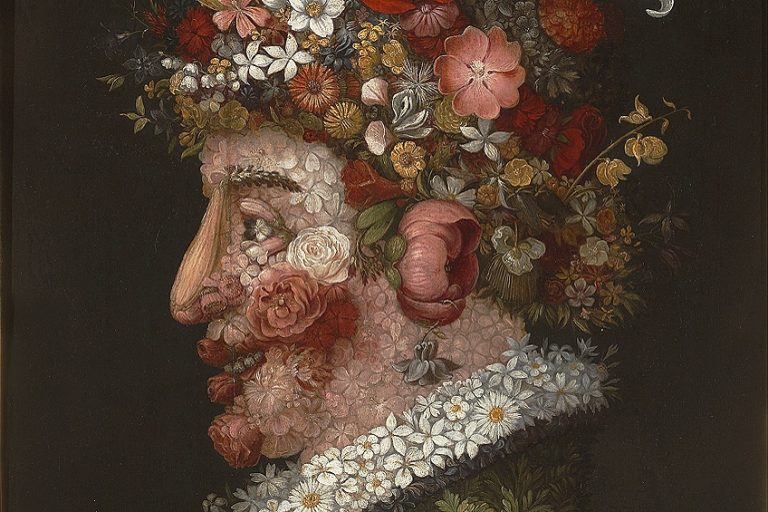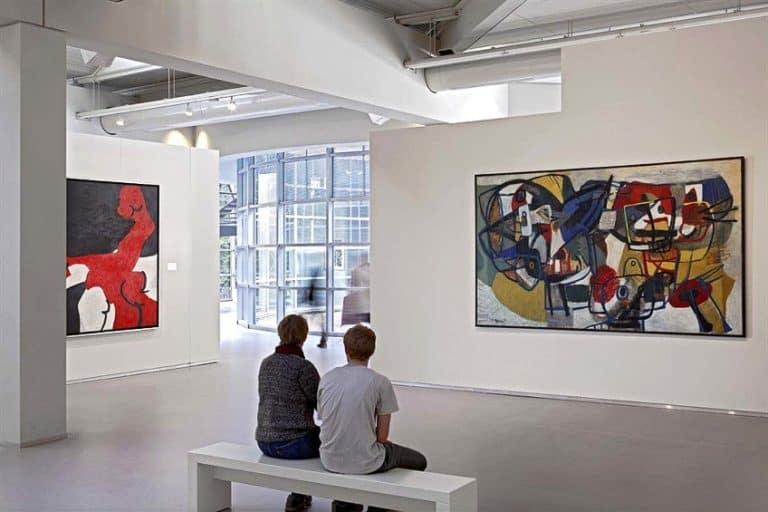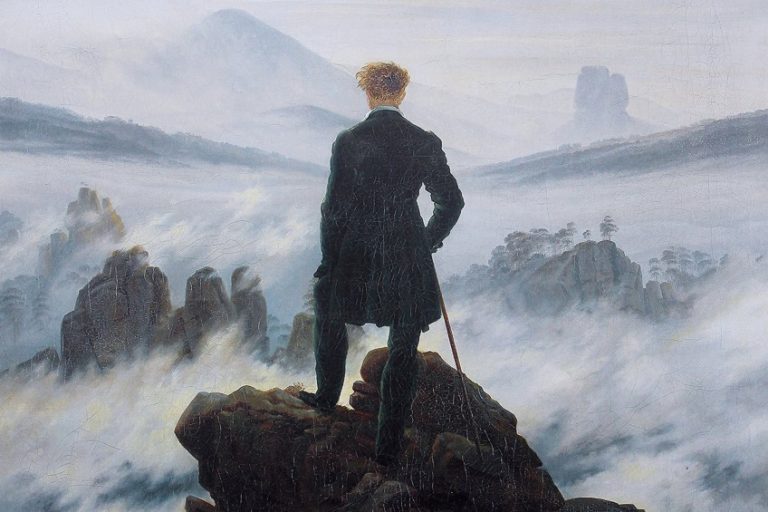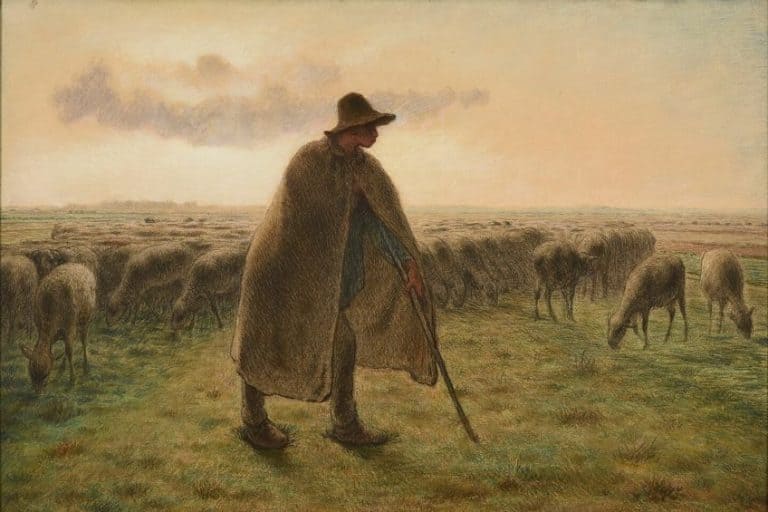Botanical Illustration Art – Accurate Visual Depictions of Plants
Often done as watercolor paintings, botanical illustration art captures the shape, color, and specifics of many plant species. Botanical art may be published with a scientific description in textbooks, periodicals, and other media or offered for sale as a piece of artwork, but they must be technically accurate and frequently also have an artistic element. The development of scientific botanical illustration art necessitates knowledge of plant anatomy and accessibility to samples and references. Botanical drawings are frequently created by a botanical illustrator working with a scientific author.
What Is Botanical Illustration Art?
Watercolor is the most common medium for botanical drawings of flowers, although they can also be made using oils, ink, pencils, or a mix of these. The botanical sketches may depict the characteristics and environment of the plant, the top and lower surfaces of the leaves, and specifics of the blooms, buds, seeds, and root system.
Botanical art may also be life-sized or otherwise, scale is frequently displayed. Sometimes, scientific botanical illustration art is used to assign a botanical name to a taxon.
Botanical art has been proposed as the type for several species due to botanists’ inability to preserve specific dried specimens or transportation limitations. The challenges of utilizing slide-mounted specimens are typically solved by using botanical drawings of flowers to identify several tiny plants that can only be seen under a microscope.
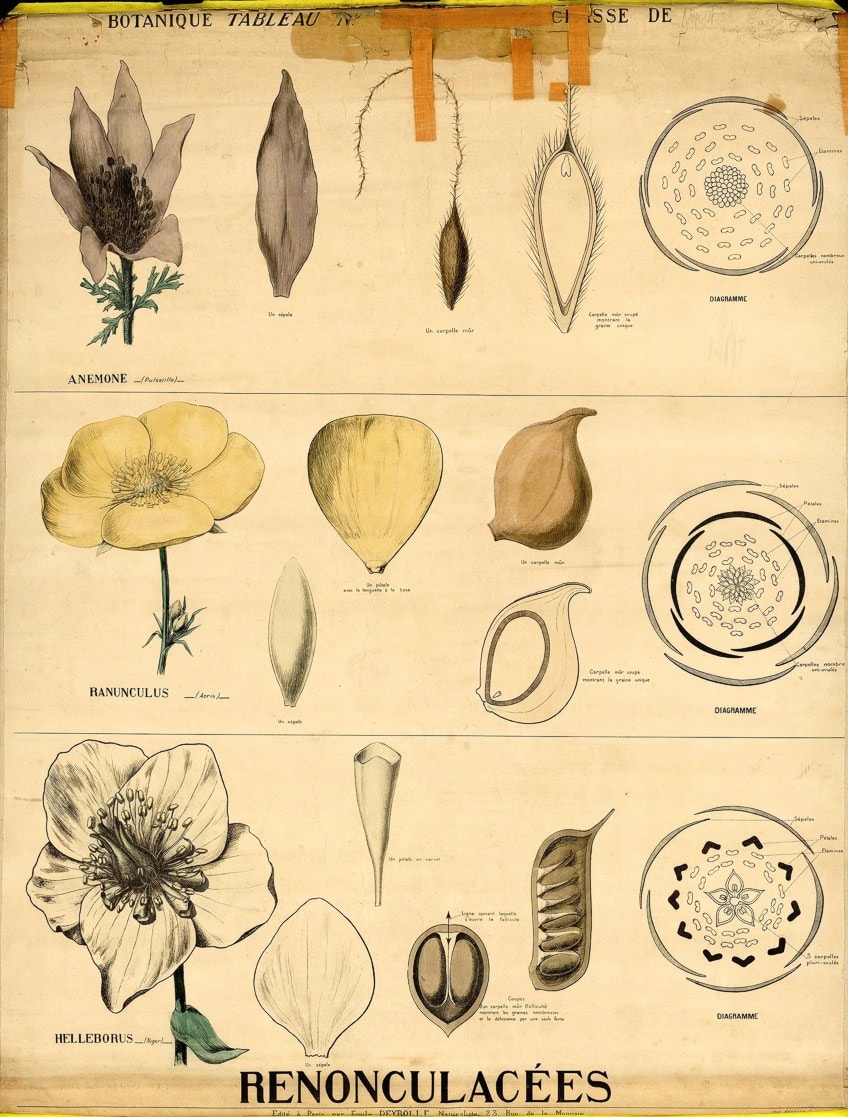
The History of Botanical Sketches
Plants have been depicted in early herbals and pharmacopeias from numerous civilizations. This was done to aid in the identification of a species, mainly for medicinal purposes. The Codex Vindobonensis is the oldest extant illustrated botanical manuscript. It was produced for Juliana Anicia in 512 AD, child of the Western Roman Emperor Olybrius, and is a replica of Dioscorides’ De Materia Medica.
Prior to the establishment of taxonomy, the difficulty of properly categorizing plants across geographies and dialects was potentially harmful to medical formulations. The poor quality of printing in earlier works makes it impossible to identify the species portrayed.
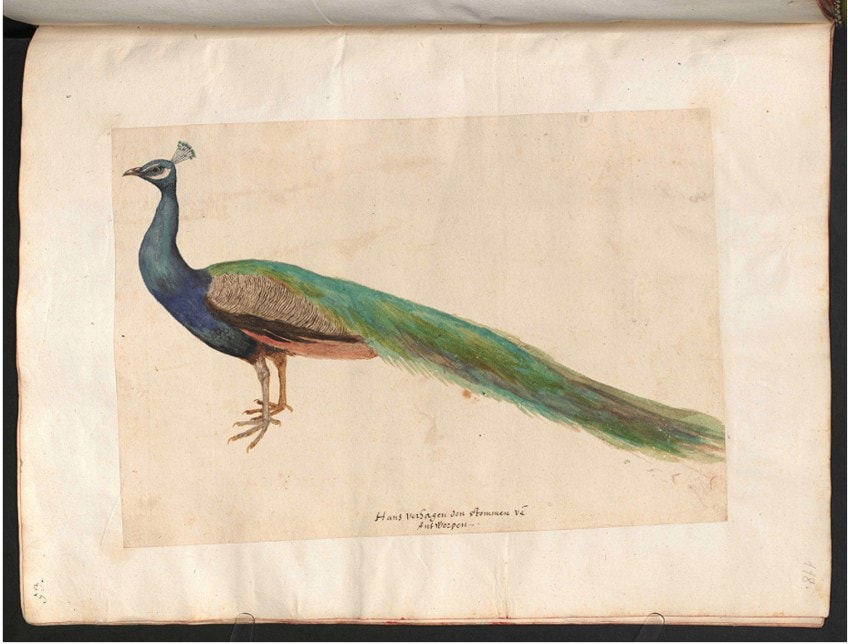
When botanical nomenclature systems were developed, the requirement for botanical sketches or painting became unnecessary. The specialty of botanical illustrator, on the other hand, began to arise during this period. The finer detail of printing methods, which substantially improved in the 18th century, enabled painters such as Franz and Ferdinand Bauer to capture the subject’s minute details. Color and detail accuracy improved in illustrations.
The growing interest of hobbyist botanists, landscapers, and natural historians created a market for botanical books, and the drawings enhanced their attractiveness and accessibility to the ordinary reader.
The addition of exploded information would enhance the description provided in the surrounding text. These features enabled a non-scientific audience to recognize the species, and the growing interest in natural history and gardening encouraged the development of several floras and periodical publications. Since then, field manuals, floras, catalogs, and publications have continued to feature botanical drawings of flowers.
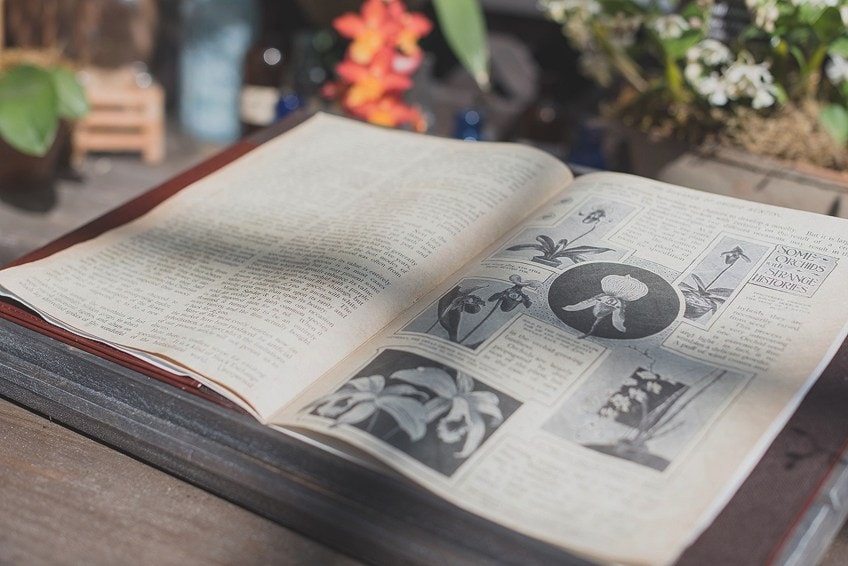
Despite advances in photographic reproduction in printed goods, the creation of photographic plates has not rendered illustration redundant. A botanical illustrator can produce a combination of realism, an idealized image from numerous specimens, and the incorporation of elements such as leaves’ faces and the reverse.
Section information can also be shown at a magnified size and added around the image’s margins. Even when printed materials began to include photographs, many books and publications continued to hire illustrators. It would be several years before color printing could compete with the illustrator’s plates. The artists’ accuracy and technique had evolved in parallel with the botanists involved, and the work began to be recognized as significant to the botanists and their organizations. Curtis’s Botanical Magazine (est. 1787), an illustrated journal, would ultimately employ an official illustrator.
The 230-year-old publication, which has long been affiliated with the Kew Gardens and the Linnaean Society, is now mostly known for its superior botanical graphics.
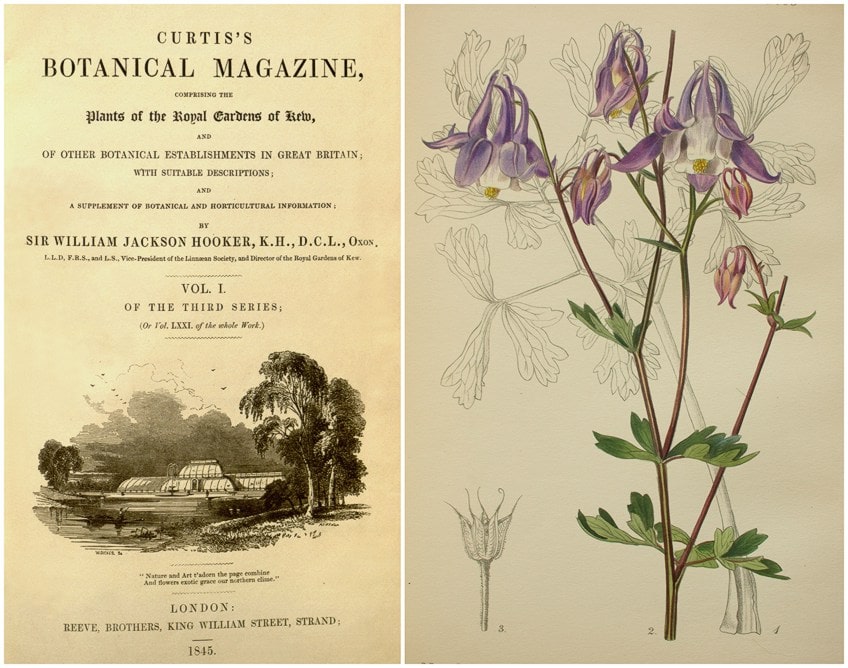
The magazine has featured a slew of the best illustrators that have appeared in print. Famous botanical artists’ contributions continue to be recognized and sought for, and extremely exquisite examples are created. Celia Rosser set out in the 1980s to depict every Banksia species for her opus, The Banksias. When some other species, Banksia Rosserae, was identified following its publication, it was named in her honor. Other illustrators, such as the renowned Matilda Smith, have been especially recognized for their contributions to this field.
Alice Tangerini was appointed as the Smithsonian Institution’s first botanical artist in 1972.
There is a growing interest in the natural world’s changes and the critical role plants play in preserving healthy ecosystems. There is a growing feeling of urgency in documenting today’s shifting plant life for future years. Working with well-known mediums affords confidence in the long-term preservation of sketches, paintings, and etchings. Many designers are drawn to more conventional figurative work, and plant portrayal is an ideal fit for them.
Today’s illustrators and painters are extending the boundaries of what has historically been deemed part of the genre by collaborating with scientists, environmentalists, horticulturists, and galleries locally and beyond.
Famous Botanical Artists
Although you may be aware of many artists from other styles of art, you might not know about these famous botanical artists. Many painters and illustrators from throughout the world have contributed significantly to scholarly studies on plant life. Continue reading to learn about some of history’s most renowned ones.
Maria Sibylla Merian (1647 – 1717)
| Nationality | German |
| Date of Birth | 2 April 1647 |
| Date of Death | 13 January 1717 |
| Place of Birth | Frankfurt, Germany |
Naturalist Maria Sibylla Merian was renowned for her skill in entomology as well as the beauty and attention to detail in her scientific pictures. Merian was introduced to drawing at a young age and was a passionate bug aficionado.
Her watercolor engravings of flowers were produced after she wed Johann Andreas Graff in 1665.
Merian, who was single by 1699 and well renowned for her research on insects and her artistic abilities, traveled to Suriname, which is situated on the northeastern coast of South America, on a five-year journey with her daughter Dorothea Maria.
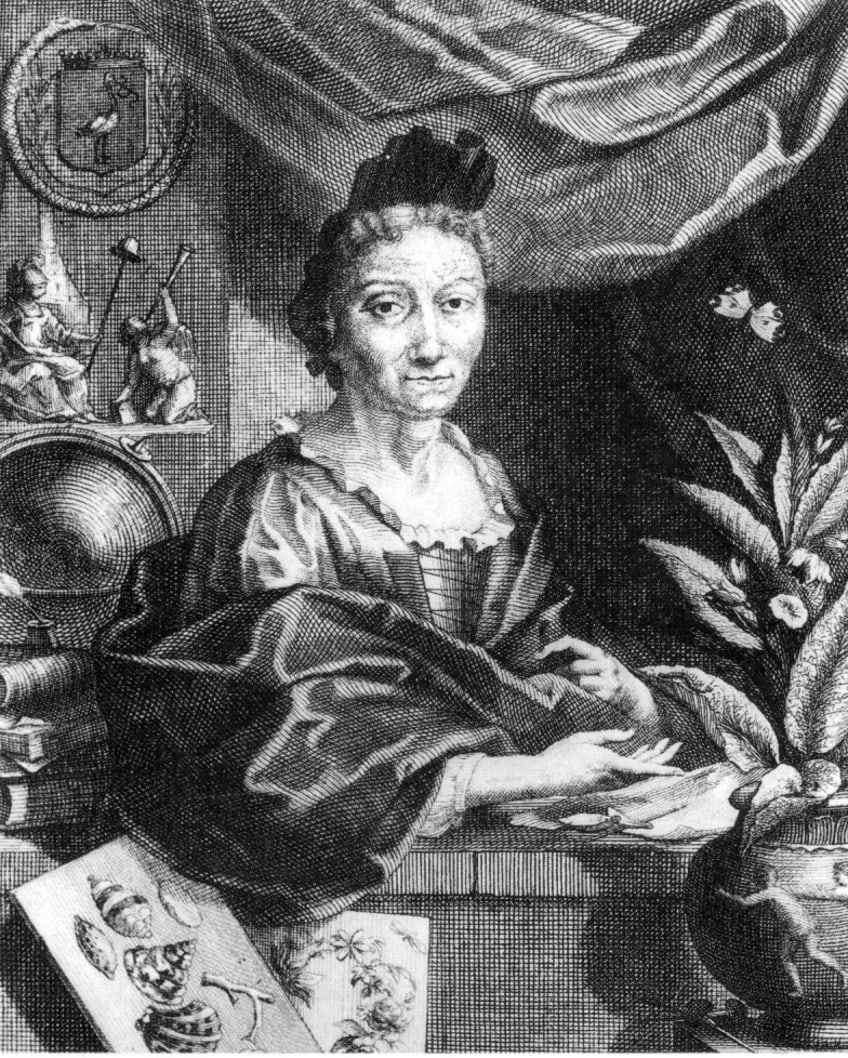
The vivid color and lovely details remain today. Each image bears witness to Merian’s meticulous rendering and fascinating observations of the local flora and wildlife. Merian used her actual research to disprove widely held, frequently unfavorable preconceptions about insects by studying the life cycles of 186 different insect species and recording their transformation. Her research on butterflies remains the gold standard for identification. Both the scientific community and artists, who have used her images to produce stamps, jewelry, and other items, have found inspiration in her works.
Cooper Hewitt has repeatedly featured her pictures of butterflies, and one can only hope that Merian’s art will continue to motivate future generations.
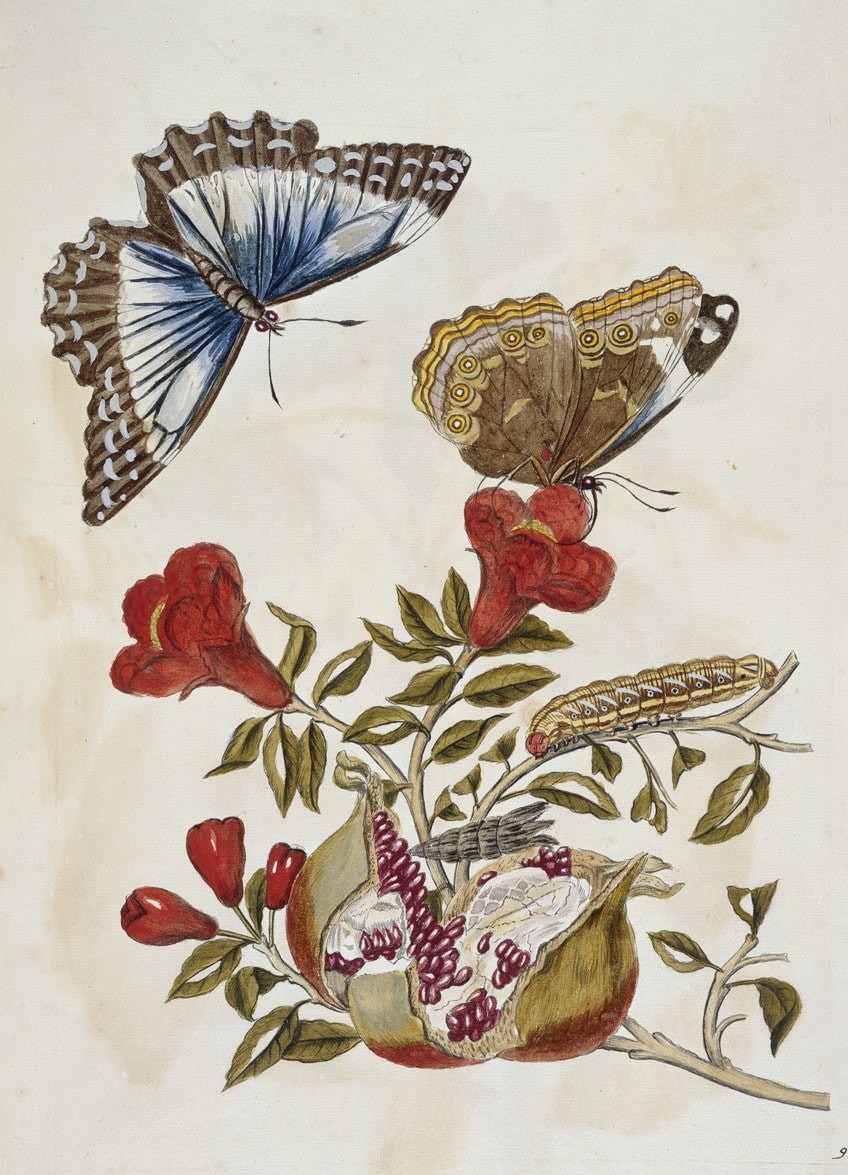
Pierre-Joseph Redouté (1766 – 1854)
| Nationality | French |
| Date of Birth | 23 March 1766 |
| Date of Death | 27 February 1854 |
| Place of Birth | Ambleny, France |
One of the most famous botanical artists is Pierre Joseph Redouté, who had the support of French royalty and other officials with a passion for botany and floriculture. Redouté was born in St. Hubert, in the Ardennes, into an artistic family.
He left home at the age of 13 and eventually joined his older sibling in Paris after journeying through Holland and Flanders and examining flower masterpieces by Dutch and Flemish painters.
He met the botanist L’Heritier de Brutelle in this unfamiliar setting, who introduced him to the fundamentals of botany and eventually hired him to illustrate a number of his botanical works. At this point, Redouté began studying under the guidance of the renowned Gerard van Spaendonck, an artist from Holland and a professor of flower art at the Paris-based Museum National d’Histoire Naturelle.
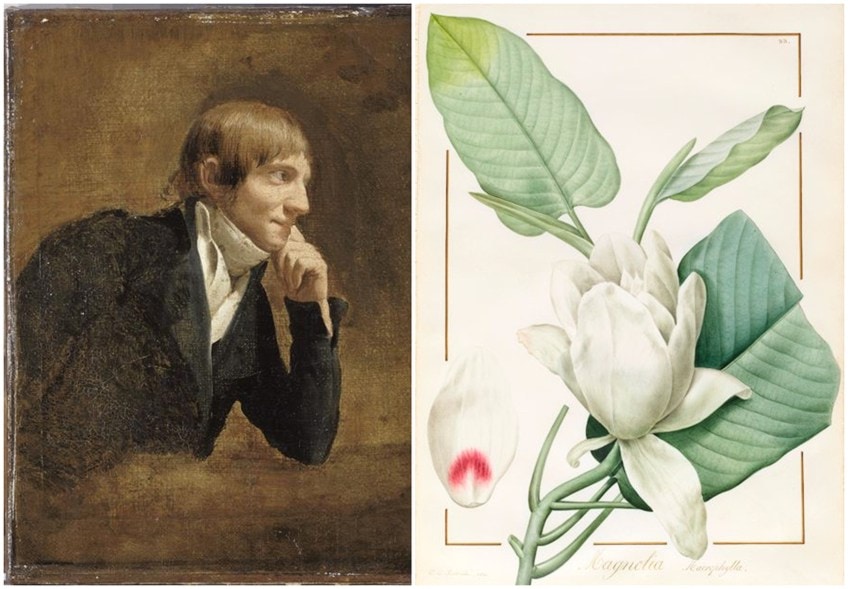
Franz Bauer (1758 – 1840)
| Nationality | Austrian |
| Date of Birth | 14 March 1758 |
| Date of Death | 11 December 1840 |
| Place of Birth | Feldsberg, Lower Austria |
Franz Bauer was the elder brother of the well-known and widely-traveled botanical artist Ferdinand Bauer. Drawing plants for the University of Vienna’s professor of botany and head of the botanic garden was Franz’s first experience with botanical art. At the Schonbrunn Imperial Gardens, Franz illustrated pieces by Baron Nikolaus Joseph von Jacquin. Bauer’s abilities were recognized by Sir Joseph Banks.
At the Royal Botanic Gardens in Kew, he hired him as a botanical artist. Bauer would really discover a lot of reasons to remain.
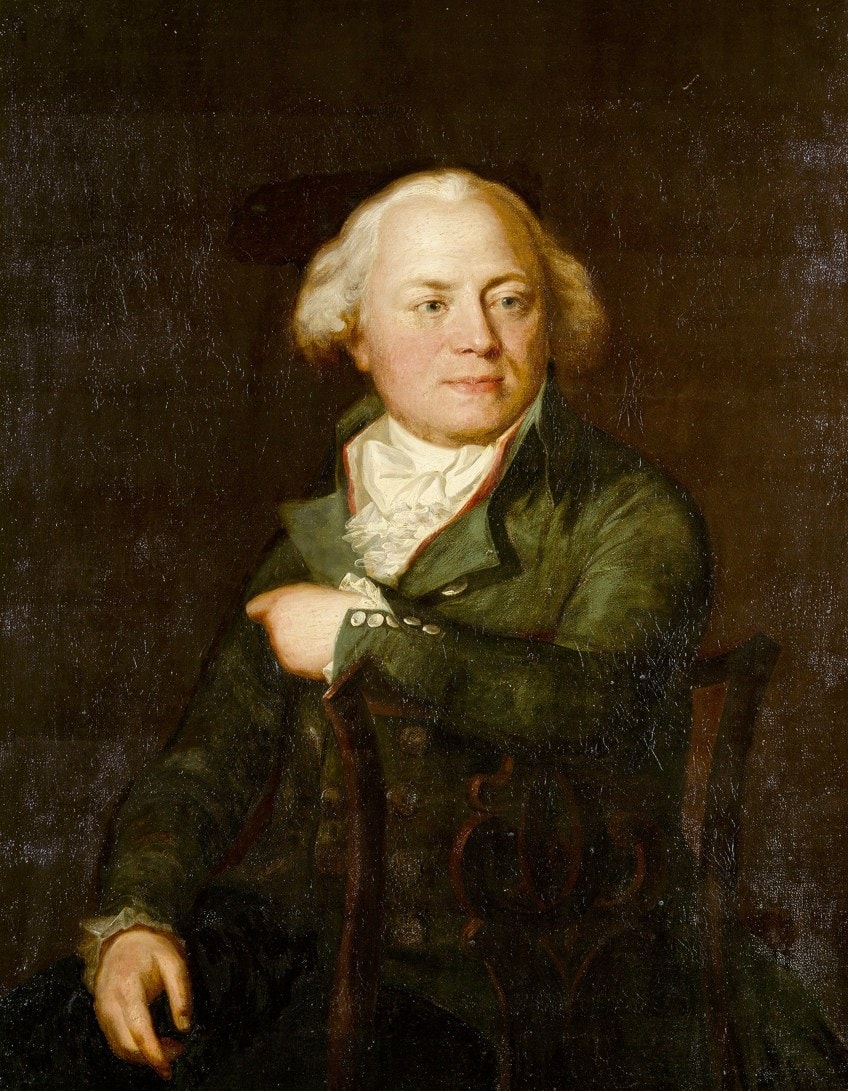
He was now able to pursue his work in his own style thanks to a well-stocked botanical garden and frequent plant deliveries, in addition to the high pay and respect shown to his paintings. also available are botanists. He made his home in Kew, where he would live out the remainder of his days. He was known in England by the anglicized name Francis Bauer.
The drawings he created while working at Kew have great scientific importance, but they also serve as a historical record of Kew Gardens’ expansion and the advancement of botanical art and science.
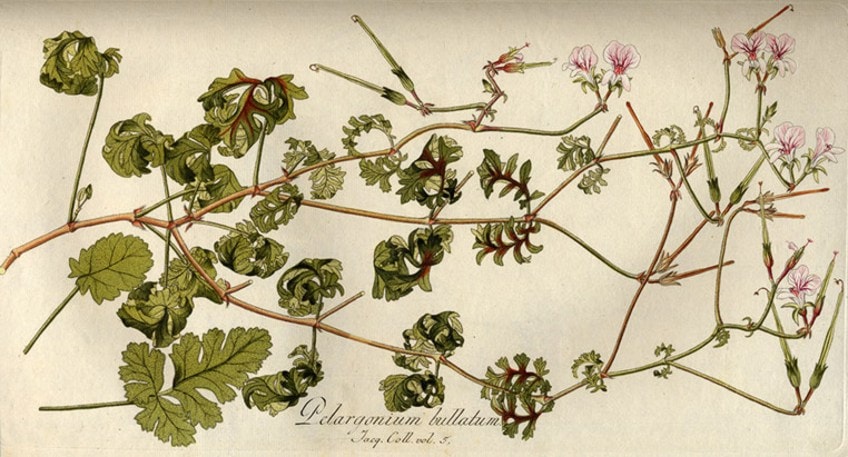
Pierre Jean François Turpin (1775 – 1840)
| Nationality | French |
| Date of Birth | 11 March 1775 |
| Date of Death | 1 May 1840 |
| Place of Birth | Vire, Vire-Normandie, France |
Botanist and botanical artist from France. Turpin, a poor artisan’s son from Vire, had no formal schooling but was taught the fundamentals of sketching by a local painter before enlisting in the Calvados infantry and being sent to Saint Domingue at the age of 14.
He was appointed to General Charles Leclerc, Napoleon Bonaparte’s brother, at Rennes when the brigade was brought back to France and served as his secretary and artist.
Despite Leclerc personally elevating Turpin to sub-lieutenant, the artist never participated in the cavalry unit. Rather, in 1794, he was given permission to go back to Saint-Domingue, which was in the middle of a revolution.
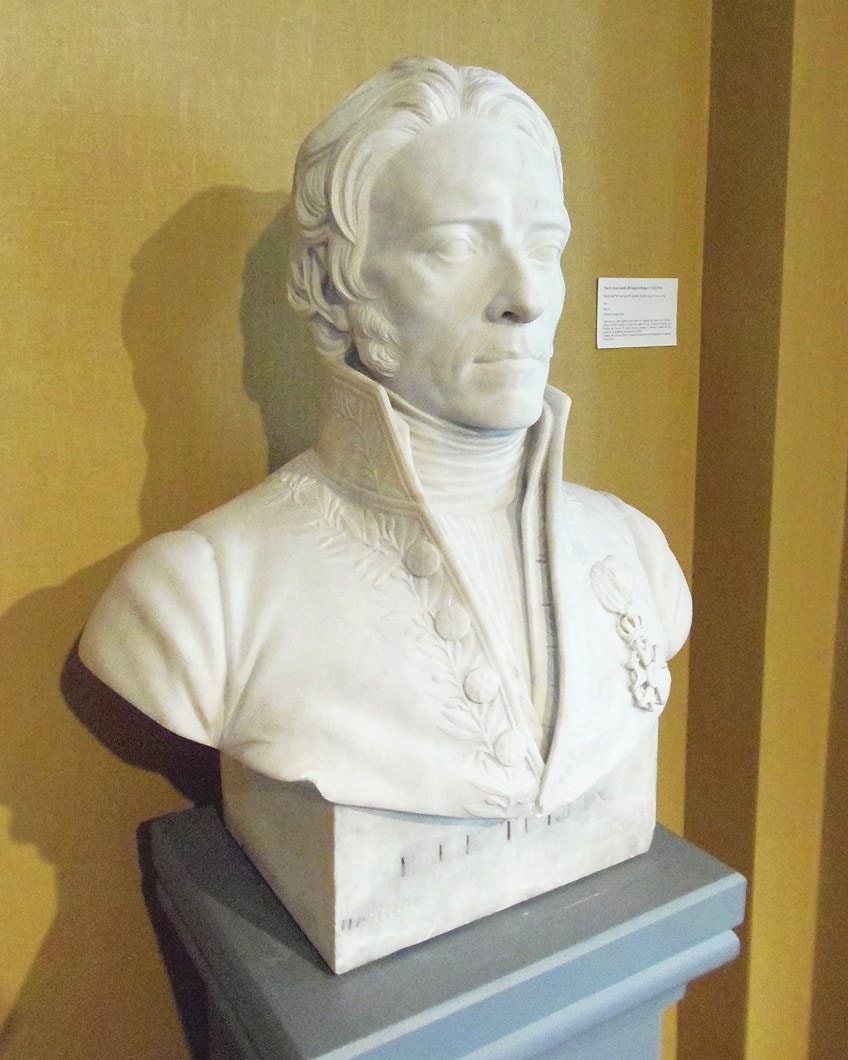
He became friends with self-taught naturalist and botanical painter Pierre Antoine Poiteau, who had been brought to the colony by the Jardin des Plantes as a plant collector after he disembarked at Cap-Haitien. He was taught botany by Poiteau, and the two friends gathered and depicted the island’s tropical plants together. They spent a year on Ile de la Tortue under the sponsorship of the American consul, Edward Stevens, an avid gardener.
Their joint efforts produced thousands of detailed plates, a herbarium with a few thousand samples, and around 1200 distinct species.

Anne Pratt (1806 – 1893)
| Nationality | British |
| Date of Birth | 5 December 1806 |
| Date of Death | 27 July 1893 |
| Place of Birth | Strood, Kent |
One of the most well-known English botanical illustrators of the Victorian era was Anne Pratt. She was discouraged from participating in sports as a youngster due to her bad health and a damaged knee, and instead urged to keep herself busy by painting.
Pratt received her education at Eastgate House in Rochester, where a family friend, Dr. Dods, introduced her to botany, a profession that was seen to be appropriate for women.
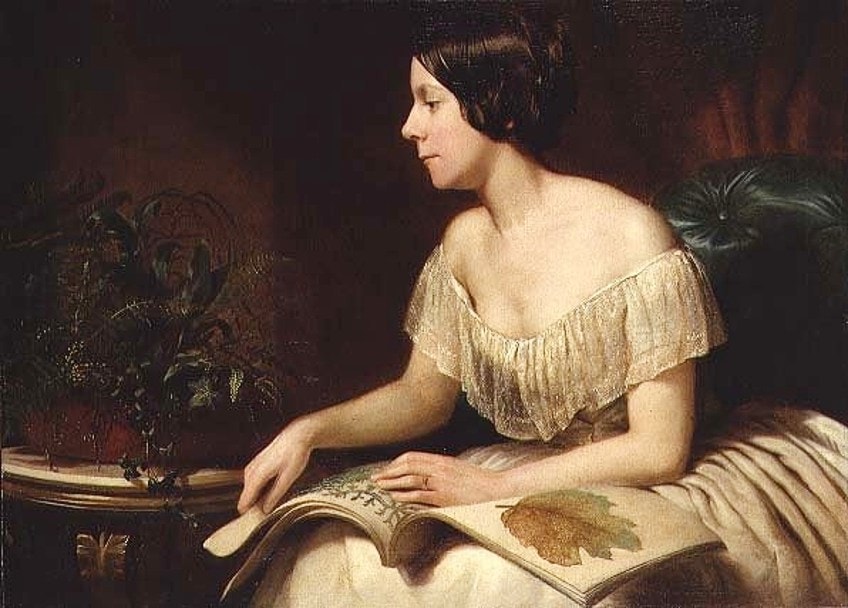
In 1826, she relocated to Brixton, London, where she established herself as an illustrator. In 1849 Pratt moved to Dover, then in 1866, he moved to East Grinstead. She married John Pearless on the 15th of November, 1866 when she was 60 years old. They later made Redhill their home. In London’s Shepherd’s Bush, Pratt passed away. With the Queen Victoria-dedicated work Wild Flowers of the Year, published in 1853, Pratt first gained notoriety.
Pratt partnered with William Dickes, an engraver proficient in the chromolithograph method, on more than 20 volumes that she wrote and illustrated using chromolithographs.
Her publications were written in an approachable yet precise language that contributed to the popularization of botany in her day. Because of bourgeois contempt for the self-taught lady, she never received critical praise after the publication of her first book, Flowers and Their Associations.

Marianne North (1830 – 1890)
| Nationality | British |
| Date of Birth | 24 October 1830 |
| Date of Death | 30 August 1890 |
| Place of Birth | Hastings, United Kingdom |
Marianne North and her sister continued to travel and visited Switzerland and the South Tyrol after her sister’s marriage in 1864 and her father’s resignation from the House of Commons. In 1867, they traversed Syria and the Nile. In 1869, when her father fell ill in the Alps, she carried him back to Hastings, where he passed away.
She kept painting as a method to cope with her loss.

She traveled and painted in Sicily after her father’s passing in 1869. She spent a year in Brazil in 1871, visiting Canada, America, and Jamaica, and working primarily from a cabin in the middle of a jungle there. On Charles Darwin’s advice, North traveled to Australia in 1880 and worked there and in New Zealand for a whole year. When she got back, she gave Darwin the shrub “Australian Sheep” as a gift and showed him her photographs of that country. Her artwork received significant praise. In 1882, her gallery in Kew was inaugurated.
As many as 800 oil on cardboard paintings were on show for the gallery’s grand opening, reflecting 20 years of North’s life and travels.
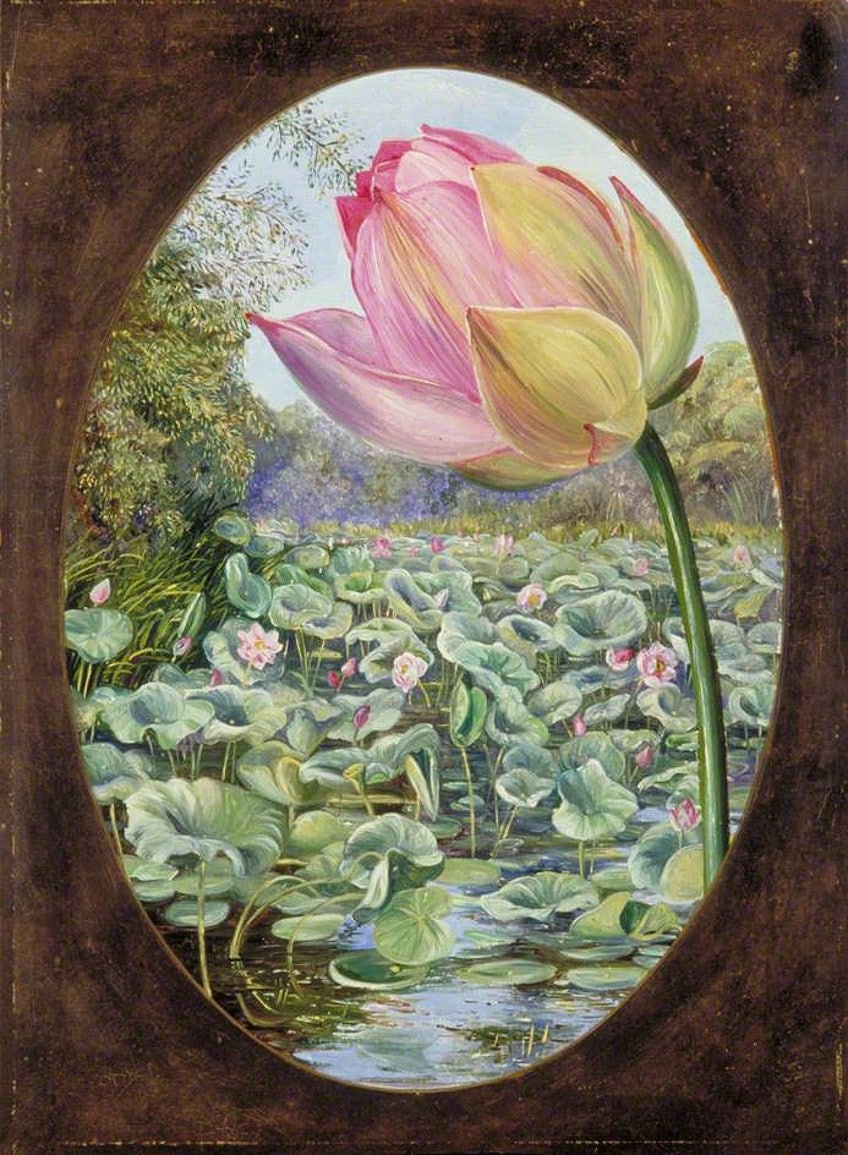
Ernst Haeckel (1834 – 1919)
| Nationality | German |
| Date of Birth | 16 February 1834 |
| Date of Death | 9 August 1919 |
| Place of Birth | Potsdam, Germany |
When Ernst Haeckel, then 26 years old, returned from Italy in April 1860, he read the German translation of Charles Darwin’s On the Origin of Species, second edition, with considerable interest. The young naturalist was so deeply moved by the experience that he vigorously supported Darwin’s body of knowledge in the face of scathing criticism from some of his peers.
Haeckel, who found and classified hundreds of species, promoted the “recapitulation theory” about animal embryonic development.

He also invented important terminology like ecology and ontogeny/phylogeny. Furthermore, Haeckel came to the conclusion in his 1866 Generelle Morphologie that all complex forms of life on Earth descended from bacteria.
Haeckel was a longtime advocate of the Darwinian theory of descent with modification, sometimes known as “evolution,” based on his scientific observations.
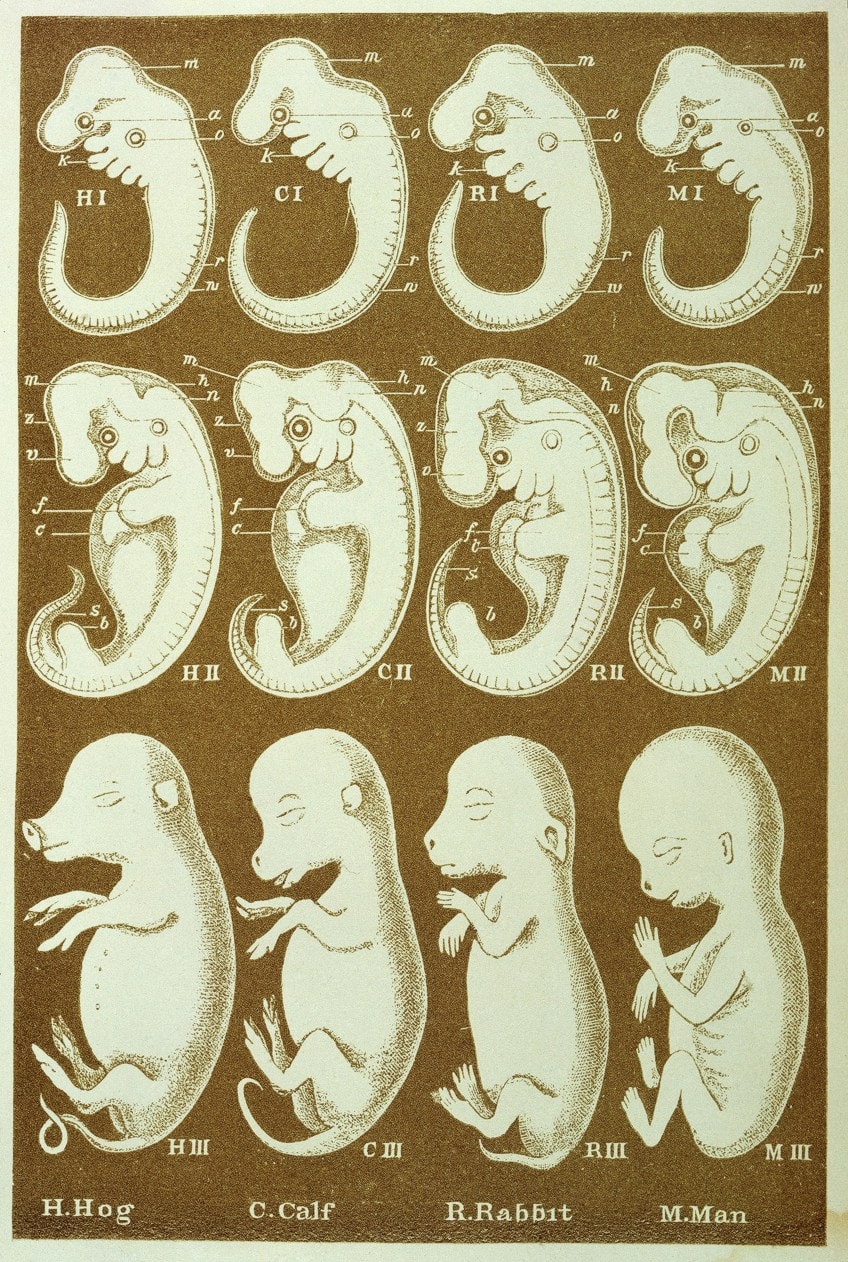
The practice of botanical illustration connects the fields of art and science and is ingrained in both. As a supplement to herbaria, it offers a thorough depiction of the species, whether as a pen-and-ink drawing or a watercolor with vibrant colors, highlighting and enlarging hidden characteristics and presenting them in a way that is readily comprehended. The graphics contrast and enhance the discovered dry plant specimens by bringing them to life and giving them a three-dimensional aspect.
Frequently Asked Questions
What Is Botanical Illustration Art?
Any visual portrayal of plants that is correct is known as botanical art. Botanical art is distinct from one another according to artists and subject matter specialists. Both should be precise from a botanical and scientific standpoint, but art can be more individualized and purely aesthetic; it does not need to be an exact reproduction. In contrast, a botanical drawing depicts every component of a plant so that it may be recognized. Compared to other pieces of art that just so happen to be of or incorporate plants and flowers, both are intricate, exact portrayals.
When Were Victorian Botanical Illustrations Made From?
Victorian Botanical illustration flourished from the middle of the 18th century through most of the 19th century. Botanical art tended to be more ornamental and less natural throughout the Victorian era. Then, as photography developed, the need for plant illustrations decreased.
Isabella studied at the University of Cape Town in South Africa and graduated with a Bachelor of Arts majoring in English Literature & Language and Psychology. Throughout her undergraduate years, she took Art History as an additional subject and absolutely loved it. Building on from her art history knowledge that began in high school, art has always been a particular area of fascination for her. From learning about artworks previously unknown to her, or sharpening her existing understanding of specific works, the ability to continue learning within this interesting sphere excites her greatly.
Her focal points of interest in art history encompass profiling specific artists and art movements, as it is these areas where she is able to really dig deep into the rich narrative of the art world. Additionally, she particularly enjoys exploring the different artistic styles of the 20th century, as well as the important impact that female artists have had on the development of art history.
Learn more about Isabella Meyer and the Art in Context Team.
Cite this Article
Isabella, Meyer, “Botanical Illustration Art – Accurate Visual Depictions of Plants.” Art in Context. July 20, 2022. URL: https://artincontext.org/botanical-illustration-art/
Meyer, I. (2022, 20 July). Botanical Illustration Art – Accurate Visual Depictions of Plants. Art in Context. https://artincontext.org/botanical-illustration-art/
Meyer, Isabella. “Botanical Illustration Art – Accurate Visual Depictions of Plants.” Art in Context, July 20, 2022. https://artincontext.org/botanical-illustration-art/.





